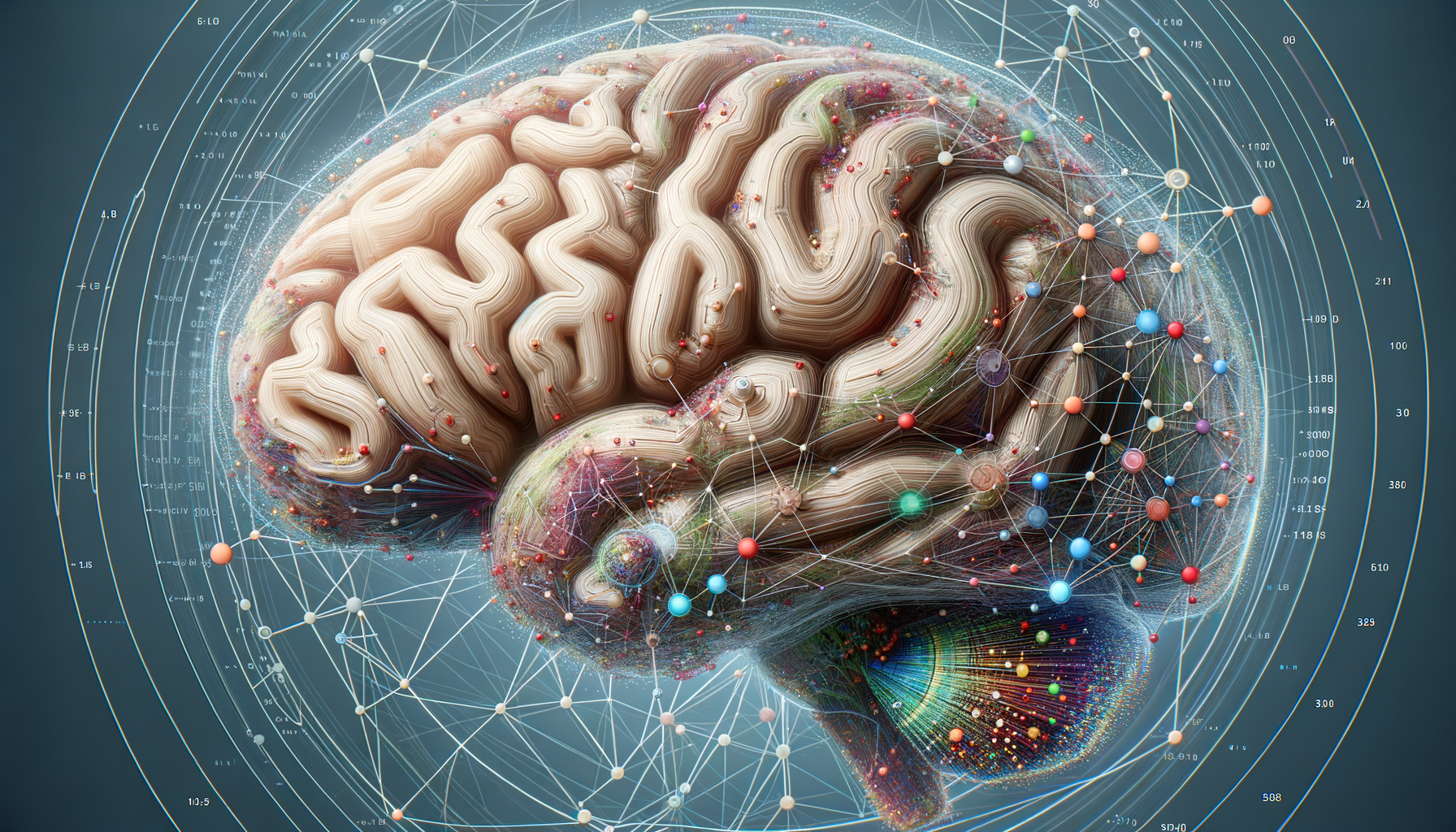
Unlocking the Mysteries of Visual Processing with AI: A Revolutionary Approach in Neuroscience
Neuroscience has made significant strides in understanding the complexities of the human brain, particularly in the realm of visual processing. However, traditional methods of research often involve a limited set of images chosen by researchers, which may inadvertently introduce biases. Fortunately, the advent of Artificial Intelligence (AI) has opened up new horizons for scientific inquiry. In this blog post, we will delve into the groundbreaking use of AI-selected natural images and AI-generated synthetic images as tools for probing visual processing areas of the brain.
Revolutionizing Visual Neuroscience with AI
The human visual system is a marvel of evolution, capable of interpreting a vast array of visual stimuli. To understand this complex system, scientists have traditionally used a curated set of images to study brain responses. However, this approach has limitations due to the subjective nature of image selection. AI presents a solution to this problem by offering a data-driven approach that can identify and generate images without human biases.
AI-Selected Natural Images
AI algorithms can analyze large datasets of natural images and select those most likely to elicit significant responses in visual processing areas. This method ensures a diverse and comprehensive set of stimuli that can reveal more about the nuanced workings of the visual cortex. By using machine learning to analyze brain imaging data, researchers can understand which features in images correspond to specific neural activations.
AI-Generated Synthetic Images
Beyond selecting natural images, AI can also create synthetic images tailored to probe specific aspects of visual processing. Generative models, such as Generative Adversarial Networks (GANs), can produce images that are optimized to test hypotheses about visual perception and neural representation. These synthetic images can be used to systematically vary image properties and observe the corresponding changes in brain activity.
The Benefits of a Data-Driven Approach
Employing AI in visual neuroscience research has several advantages. It allows for a more objective selection of stimuli, reducing the potential for bias. It can also handle large volumes of data, making it possible to explore the visual system’s response to a wider variety of images. Moreover, AI can help identify patterns and relationships within the data that might not be immediately apparent to human researchers.
For those interested in the technical aspects of AI in neuroscience, there are several resources available. Books such as “Deep Learning for the Life Sciences” offer an introduction to using deep learning in biological research, while more specialized texts like “Generative Adversarial Networks” dive into the intricacies of GANs and their applications.
Challenges and Considerations
While AI opens new doors for neuroscience, there are challenges to consider. The interpretation of results obtained from AI-selected or generated images requires careful consideration, as the neural response to these images may not always be straightforward. Additionally, the ethical use of AI and data privacy are important considerations when dealing with sensitive brain imaging data.
Conclusion
The integration of AI into the study of visual processing represents a significant leap forward in neuroscience. By leveraging the power of AI to select and generate images, researchers can gain a deeper, more nuanced understanding of the visual cortex. As AI technology continues to evolve, we can expect a richer and more precise mapping of the brain’s response to visual stimuli.
For neuroscientists, psychologists, and AI enthusiasts looking to explore the intersection of AI and visual processing, the future is bright, and the potential for discovery is vast. By embracing AI as a tool for neuroscience, we are on the cusp of unraveling the intricate tapestry of the human visual system.
Remember to stay informed and consider exploring the resources mentioned to deepen your understanding of this cutting-edge field.